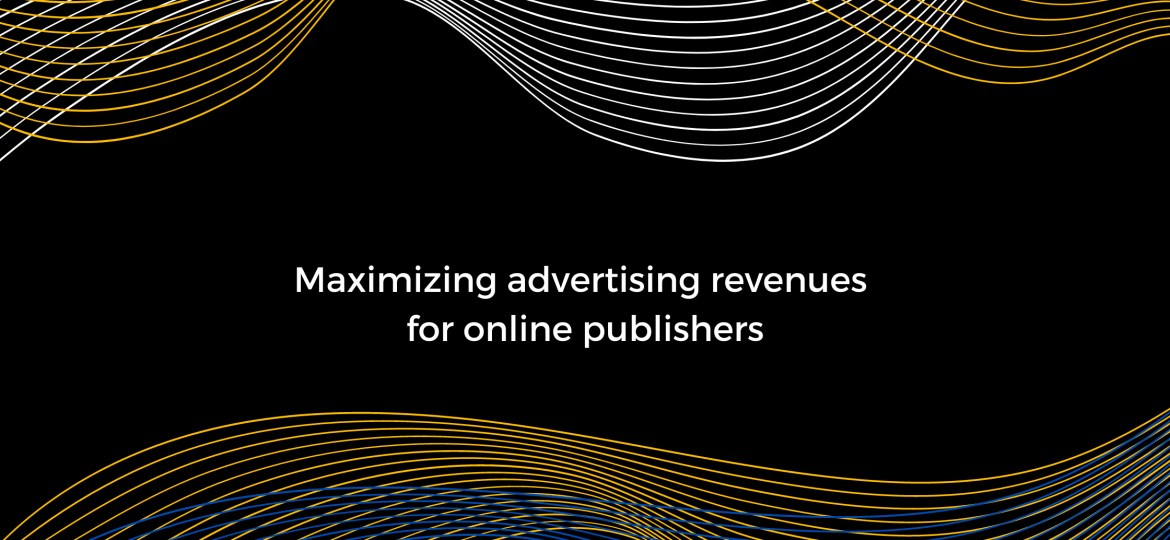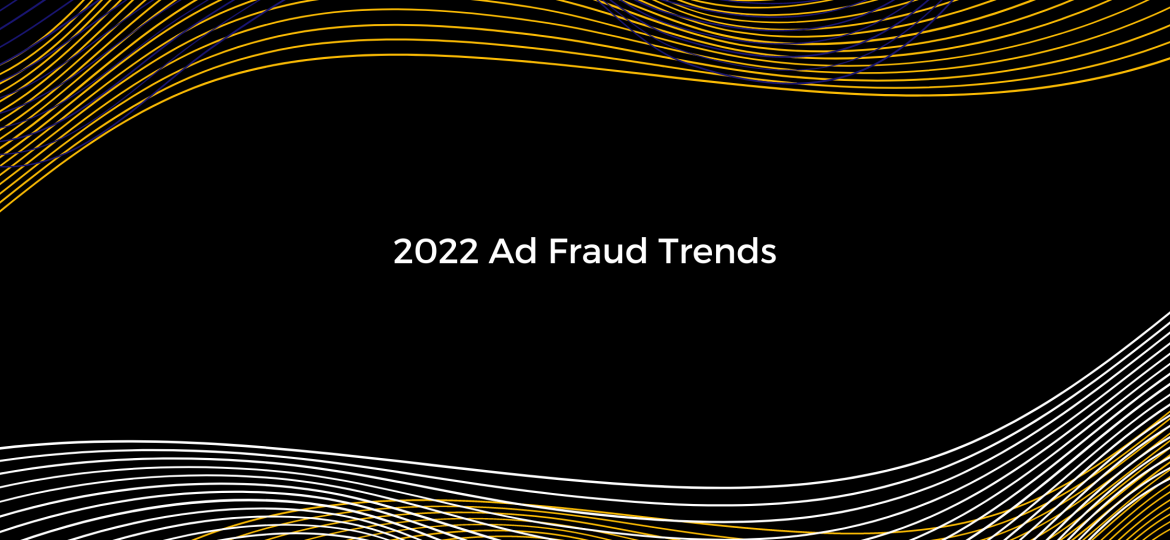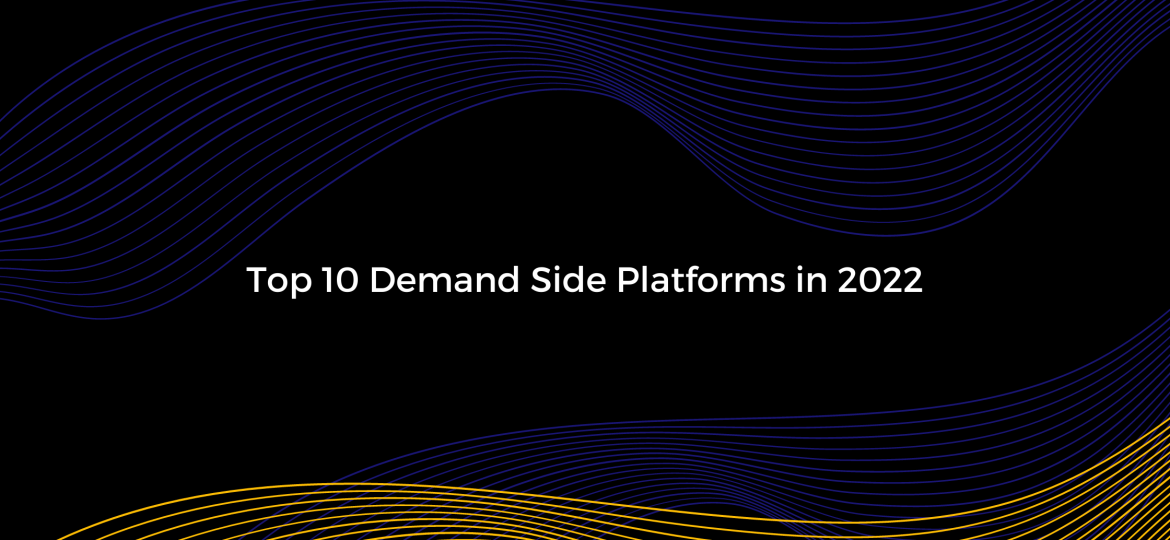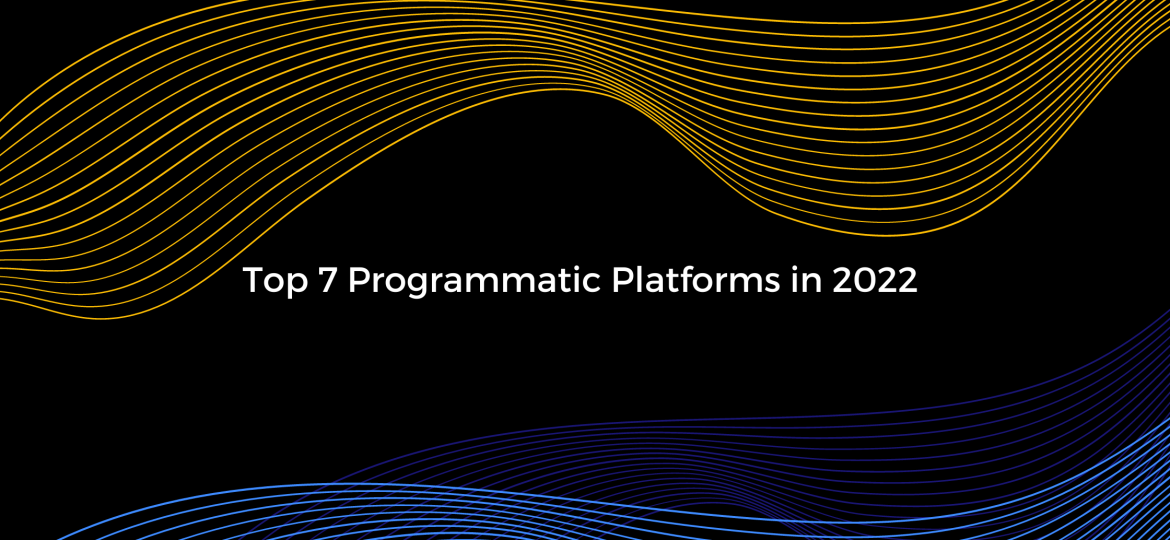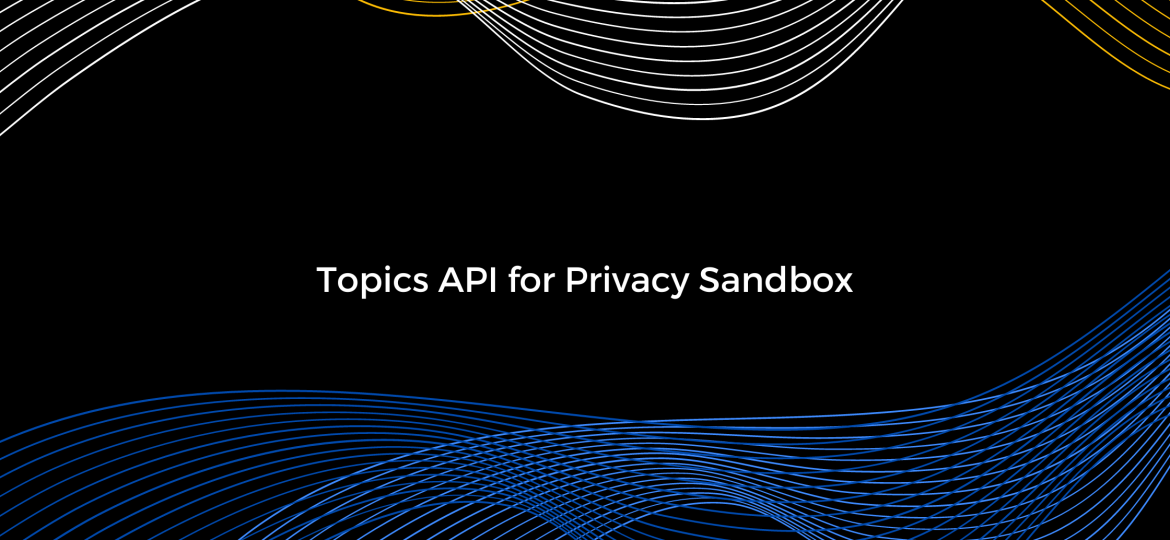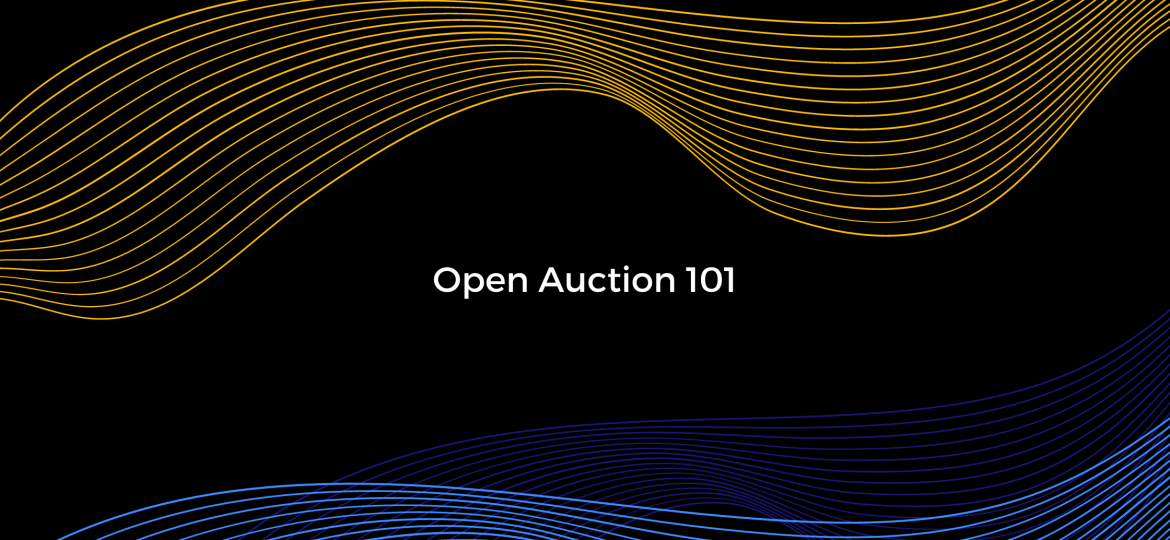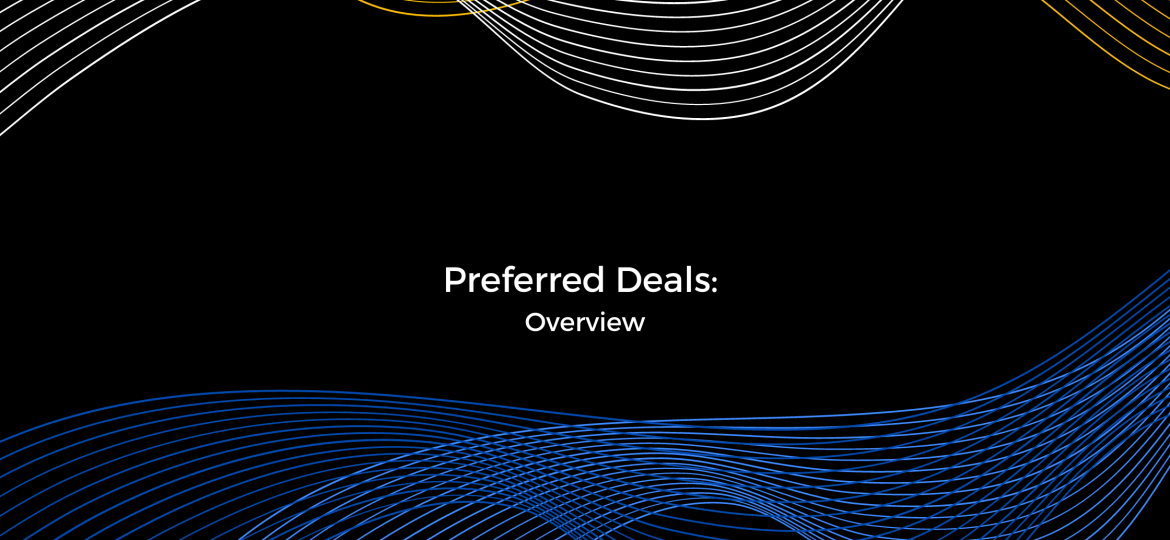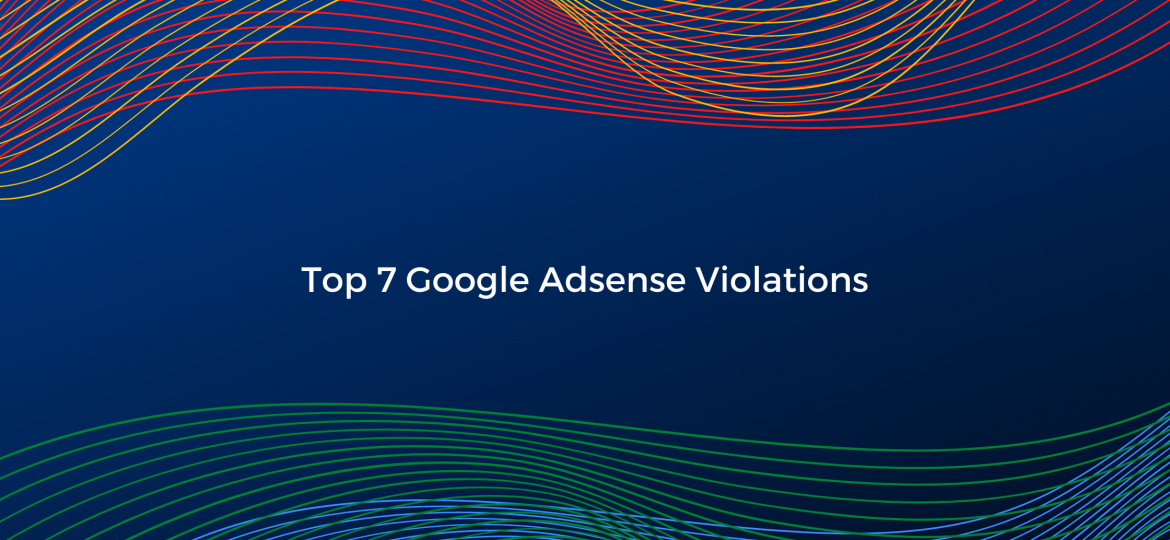The ability to earn money is an essential skill for online publishers. It defines the profitability and longevity of their business. However, the digital ad monetization world is getting more and more complex. This requires publishers to be more proactive and involved in order to maximize revenue and stay on top of things. This article explores some approaches for online publishers to increase online advertising revenues. It includes yield optimization tactics such as header bidding and price floors, as well as tapping into new ways to generate revenue. How to maximize ad revenue Let us take a look at some ways to grow publisher revenue: Find the optimum setup with header bidding Header bidding is not only popular, but it also allows publishers to test different scenarios. For example, you can experiment with the number of demand partners plugged in and the wrapper timeout to find the best mix. Too much demand can slow down page load, but too little demand can hurt your revenues. The same goes for the time allowed for buyers to bid. Set the proper price floors It’s important for publishers to set floors that strike the best balance between CPM and fill rate. But it’s also important to take a granular approach as opposed to a one-size-fits-all approach. To maximize revenue, you can adjust price floors based on geography, ATF vs. BTF units, etc. Informing buyers about these floors will allow them to bid accordingly. Experiment with ad layouts You can design and try out…
Simeon Polimenov
Ad fraud has been a major concern in the digital advertising industry. According to data from Fraudlogix gathered across 35 million ad impressions in Q1 2022, bots and ad fraud make up 15.6% globally. In terms of the value of ad spending lost to fraud, it’s expected to reach $68 billion globally in 2022, compared to $59 billion in 2021. Juniper Research identified that 5 countries account for 60% of global losses: the US, Japan, China, South Korea, and the UK. But ad fraud is an issue with global implications and companies everywhere are taking measures to combat it. This article takes a closer look at ad fraud and examines recent trends in fraud detection and mitigation. What is ad fraud? Ad fraud is any attempt to mislead advertisers into believing that fake online activity is real. This is commonly done using bots but may include other methods. Ad fraud obstructs ads from being delivered to the actual target audience. Scammers deceive advertisers into paying for this fake activity, therefore skewing KPIs and misleading marketers. Common ad fraud indicators vary from unusually low performance and low conversion rates to sudden spikes in CTR or impressions. Types of ad fraud There are different kinds of advertising fraud across web, mobile web, and mobile apps, such as: Click fraud – Fake clicks generated using bots or click farms (teams of low-wage workers). Click injection – A type of mobile ad fraud where the user has a fraudulent app on their device. When…
With the rising popularity of native advertising, more and more publishers and advertisers are considering testing it and trying to understand how it compares to the old-school banner ads and which is a better fit for them. In order to answer these questions, it’s essential to first have a good understanding of what each format is and how they differ from each other, as well as each of their advantages and disadvantages. Let’s get right into it. What is display advertising? Banner ads, also known as display advertising, are your typical ads from the early days of online advertising and still going strong. Display ads have evolved from static images to various types of banners that have interactive and clickable elements (e.g. rich media files). They come in many sizes and can be placed across various parts of the webpage. Find out more about the best-performing banner ad sizes in this article. Display advertising has both its advantages and disadvantages and can be used successfully for various marketing purposes. Let’s look at the main pros and cons of banner ads. Pros Simple setup Banner ads are probably the most straightforward to design and implement. The variety of sizes makes them perfect for all kinds of websites and implementation is simple. High visibility The nature of display ads makes them clearly discernible from the main content on the page, which contributes to their high visibility, especially if a high-quality image is used or the ad is interactive. High fill rates As…
Demand Side Platforms have been a major part of programmatic advertising. But as they grew in popularity, they grew in numbers, making it harder to choose the best one. Our article is here to help. It starts off by covering what a DSP is and what it does and continues with a useful list of some of the most sought-after platforms. What is a demand-side platform (DSP)? As the name suggests, DSPs cater to the demand side in digital advertising, i.e. advertisers, ad agencies, and app developers. It enables them to create ad campaigns and buy ad inventory from publishers. The ad impressions are sold via real-time bidding (RTB). To improve the process, DSPs use data from Data Management platforms (DMPs). What are its benefits? The advantages of using a DSP include: Advertisers can connect to various Ad exchanges and Supply-side platforms (SSPs), and gain better access to ad space All connections are managed via a single interface Allows for multi-channel campaigns and cross-channel retargeting Better targeting capabilities for audience segments based on demographics, online user behavior, etc. Top DSP List Whether they offer a multichannel approach or mobile-only, a self-service or managed solution, each platform has its strengths and key selling points. Here is a selection of some popular DSPs worth exploring. Adcolony Adcolony (part of Digital Turbine) has been around since 2011 and is dedicated entirely to mobile advertising. It has a vast total reach of more than 1.5 billion users, including a direct supply of 135 million…
In recent years, there has been a huge emphasis on automation in digital advertising. For example, in the U.S. alone, programmatic digital display ad spending in 2022 is expected to amount to 115B dollars. Understandably, now more than ever, programmatic advertisers and publishers are vigilant about the monetization partners they choose. Our article aims to give you insight into the nature of programmatic advertising, the types of platforms, and how to choose the right one. We also provide a list of some of the best programmatic advertising platforms. What is a programmatic advertising platform? It facilitates the purchase, sale, and management of digital advertising through the use of automation. Such tools streamline the entire process and enable ad placement, performance analysis, campaign optimization, etc. across devices. Different types of platforms play different roles in the ecosystem so that everything works together in synergy. Types of programmatic platforms Generally speaking, the types of platforms are as follow: DSP (Demand Side Platform) – works on the advertiser side, enabling brands, agencies, and app developers to purchase advertising inventory SSP (Supply Side Platform) – works on the publisher side of things, allowing publishers to sell their ad inventory Ad Exchange – essentially serves as the marketplace where advertisers and publishers meet Data Provider (i.e. DMP) – used to collect, store and analyze user data, which lets advertisers target their ideal prospects, while publishers can better understand their audience. How to choose a programmatic platform The short answer is: by considering your particular needs…
On January 25, 2022, Google announced Topics, a new Privacy Sandbox proposal that will replace their previous one, called Federated Learning of Cohorts (FLoC). Both FLoC and Topics have to do with increasing privacy of individuals and Google’s plans to stop using third-party cookies on Chrome. The cookiepocalypse, as the term has been coined, has been delayed for 2023, and Google is trying to find a solution that will still allow for online advertising to continue thriving without the invasion of user privacy. What is Topics API? Topics API is meant to create grounds for interest-based advertising. The browser will collect information about the user’s top five topics of interest on a weekly basis based on his or her browsing history. The topics will be stored for three weeks on-device and then deleted from the browser. The Topics API will share only one topic from each of the previous three weeks (a total of three) with the sites you visit and their respective advertising partners. Chrome users will be able to see which topics are selected for them, delete any they don’t find relevant, or disable the functionality entirely. Google has reported that Topics API will be human-curated to not include any sensitive topics, such as gender, race, and religion. How does it work exactly? Each website will get a high-level topic “label” from the API, selected from a human-curated list of topics. Currently, the proposed list contains about 350 topics, a combination between Google’s own taxonomy and the IAB…
Today, you can sell your website inventory programmatically in various ways. First and foremost, when we think about programmatic auctions, we think of real-time bidding (RTB), a.k.a. the Open Auction. In this article, we will take a closer look into what exactly Open Auction is, what are its advantages and disadvantages, and how it differs from Programmatic Direct deals. What is Open Auction? Open Auction is commonly known as RTB, and/or open marketplace, open exchange. This is currently the most popular way of trading one’s inventory programmatically and it has both its pros and cons, which we’ll look at in a bit. In an Open Auction, all demand sources on the selected platform are allowed to bid for the specified units, while publishers can set price floors and block certain advertisers and/or ad types. RTB has the lowest priority in the ad server, second only to house ads, and is most suitable for monetizing your remnant inventory. Currently, most open marketplaces run on first-price, meaning that the highest bid wins and the publisher takes a share of that price, depending on the platform’s terms. Advantages Accessibility: easy and quick setup that can be utilized by publishers of all sizes; Wide demand pool: ideal for monetizing any unsold impressions and maximizing your revenue; Hassle-free setup and optimizations: great for new publishers with less experience and no advertiser connections yet. Just a few simple steps to get started. Make changes to the setup at any time; Inventory control: publishers decide on the…
Programmatic Direct provides publishers with an automated way to directly sell and/or negotiate their inventory. There are three types of deals within this category: Preferred Deals, Programmatic Guaranteed, and Private Auction. They each have their specifics and are used to meet various seller and/or buyer needs. In this article, we will take a closer look at Preferred Deals, their advantages, and disadvantages, as well as their differences from Programmatic Guaranteed and Private Auctions. What is a Preferred Deal? Preferred Deals are direct deals within which the publisher agrees to provide exclusive first-look to specific inventory in exchange for a predetermined CPM rate. The terms are negotiated via Google Ad Manager and the price is fixed, no auction takes place. The advertiser is not obligated to buy the impressions, hence the alternative name of this type of deal: “programmatic non-guaranteed”. If the advertiser decides he is not interested in the inventory, it goes to an open or a private auction. The publisher can initiate the negotiations with a single advertiser via single or multiple buyers. He can decide to seal the final deal with one or more of those buyers. Advantages of Preferred Deals Predictability: Publishers get to select the buyers they negotiate with and set a price for the deal they are comfortable with. In this way, they can make much more precise revenue expectations and plan accordingly. Security: Having the option to choose the advertisers for this type of deal creates a transparent and secure environment where the risk…
WordPress is by far the most popular and widely used website building platform. With thousands of themes to choose from, publishers are faced with a tough choice to make. In this article, we’ll present some of the WordPress themes that are most suitable for publishers who want to maximize profits from AdSense. The themes we chose are all equipped to make ad management a breeze and provide you with versatile options to ensure you make the most out of your ad inventory. AdSense optimized themes focus on getting you higher CTR through strategic ad locations and keeping your audience on-site to boost revenues. 2021 Top AdSense Optimized WordPress Themes For Publishers Admania Who is it for? This theme was designed to help publishers place ads. That being said, it is great for bloggers, magazines, and news sites alike. It is particularly recommended for affiliate marketers who struggle with banner blindness. Advantages: Live front-end ad editor More than 12 types of ad units Ad blocker detection and support for ad rotation WooCommerce-compatible and translation ready SEO and speed optimized Price: $59 exclusive on Envato ThemeForest market TrueMag Who is it for? This is a magazine-style WordPress theme, designed for publishers with multiple income streams, such as ads and e-commerce. Advantages: Fully responsive built-in Google AdSense ad units Flexible widgetized sidebars Professional look with ad spots that blend well with page’s design SEO and mobile-optimized and translation-ready WooCommerce-compatible for those of you running an e-shop Price: $58 by StrictThemes, exclusive on Envato…
If you are monetizing your website with Google Adsense, either as a main method or as a backfill, you need to comply with Google’s policies in order to stay in the game. Familiarizing yourself with the rules and guidelines of the technological giant is one way to approach the matter. Another useful practice is to check if you are committing any of the most common violations. This will help you fix any unintentional mistakes and prevent you from getting banned for serious offenses. So let’s take a look at some of the most common Google AdSense violations. Clicking on ads on your website. Asking or paying others to do so. This simply isn’t fair play. If you were the advertiser, you wouldn’t want to pay for clicks by users who aren’t genuinely interested in your product or service. Therefore, you must not click on ads on your own website or try to “artificially inflate the impressions or clicks the ads receive, either through automated or manual means.”* This includes a ban for any activity that incentivizes users to refresh and/or click on ads, such as offering rewards, asking users to support your website by interacting with the ads on your site or using a third-party service that generates clicks or impressions. Don’t ask your friends or family to do it either, as any repeated clicks are considered a violation as well and may cause you more harm than good. Note that you (or your testers) are not supposed to test…


